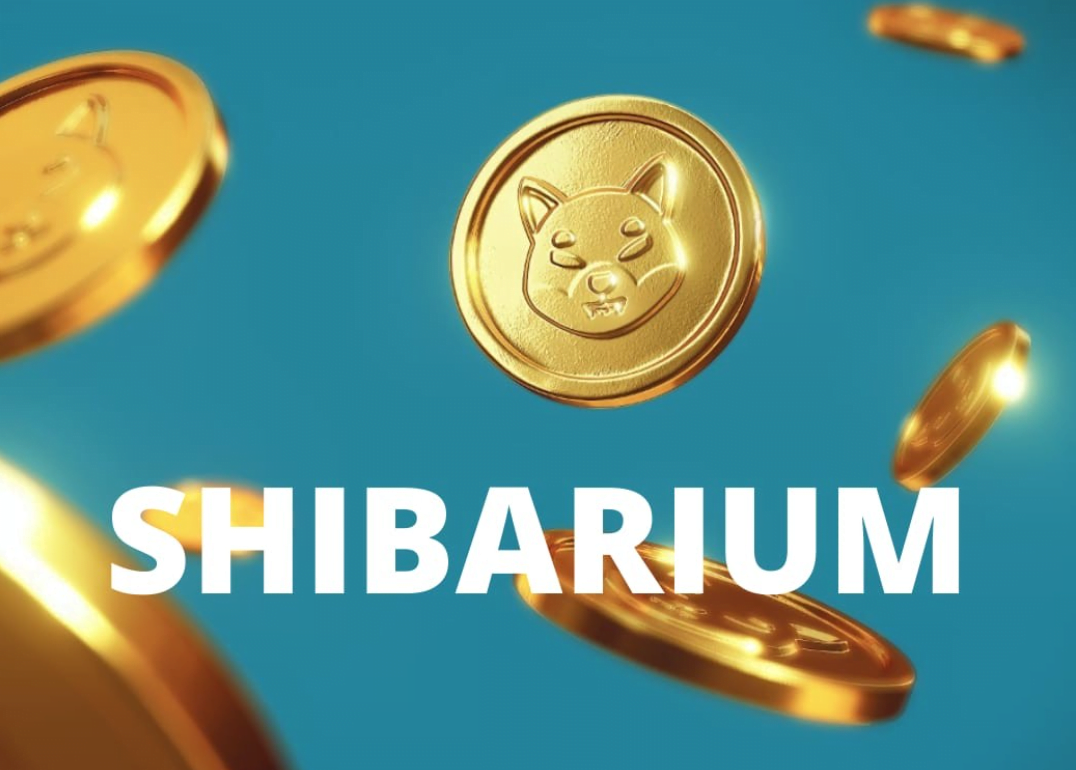Shiba Inu’s Shibarium recently underwent its inaugural major hard fork. This development involved the migration of PuppyNet, the platform’s beta testnet, from the Goerli Network to the Sepolia Network.
The objective behind this migration was to align the protocol with more scalable and efficient infrastructures, ensuring improved functionality and broader adoption.
PuppyNet’s Migration to Sepolia
During the hard fork executed on a Tuesday, all nodes and users were required to upgrade to the latest version of Shibarium’s protocol software. The migration of PuppyNet to the Sepolia Network signifies a strategic move aimed at bolstering the underlying Layer-1 infrastructure of Shibarium.
The platform will manually manage its burning mechanism, aimed at curbing token supply, until it aligns with network health and sustainability metrics. Anticipations suggest a shift to an automated system for burning tokens by January once optimal synergy is achieved.
Implications and Benefits of Shibarium Upgrades
The team driving Shibarium anticipates that these upgrades, including others in the pipeline, will drive mass adoption of the protocol in the near future. Continuous enhancements and updates in the blockchain and Web3.0 industry are essential for remaining relevant and meeting evolving client needs.

Hard forks like this are crucial for blockchain protocol development. They significantly enhance network functionality, community engagement, and overall value. However, such upgrades mandate users to update their software to continue accessing protocol services. Failure to do so could result in a permanent divergence from the previous version of the blockchain.
Shibarium’s Focus and Objectives
Notably, hard forks have the potential to create separate blockchains if not universally supported by all nodes. This transformative process opens new opportunities and influences burning mechanisms within blockchain networks.
Shibarium, as an L2 solution atop the Ethereum network, prioritizes efficiency, user-friendliness, and an environment conducive to DeFi and NFTs. Its evolution through this hard fork underscores its commitment to providing an optimal decentralized financial ecosystem and enhancing the NFT marketplace.
The successful hard fork also underscores Shibarium’s commitment to adaptability, scalability, and sustainability, while positioning itself as a significant player in the evolving blockchain landscape.
Read More:
Robinhood Introduces Crypto Trading App with Zero Commissions in EU
HashKey Exchange to Enlist Market Makers for Enhanced Liquidity

